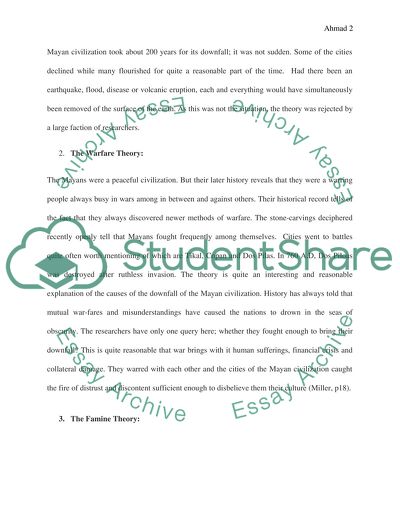Cite this document
(What Happened To Mayan Civilization Report Example | Topics and Well Written Essays - 1250 words, n.d.)
What Happened To Mayan Civilization Report Example | Topics and Well Written Essays - 1250 words. https://studentshare.org/anthropology/1786015-what-happened-to-the-mayan-civilization
What Happened To Mayan Civilization Report Example | Topics and Well Written Essays - 1250 words. https://studentshare.org/anthropology/1786015-what-happened-to-the-mayan-civilization
(What Happened To Mayan Civilization Report Example | Topics and Well Written Essays - 1250 Words)
What Happened To Mayan Civilization Report Example | Topics and Well Written Essays - 1250 Words. https://studentshare.org/anthropology/1786015-what-happened-to-the-mayan-civilization.
What Happened To Mayan Civilization Report Example | Topics and Well Written Essays - 1250 Words. https://studentshare.org/anthropology/1786015-what-happened-to-the-mayan-civilization.
“What Happened To Mayan Civilization Report Example | Topics and Well Written Essays - 1250 Words”. https://studentshare.org/anthropology/1786015-what-happened-to-the-mayan-civilization.


